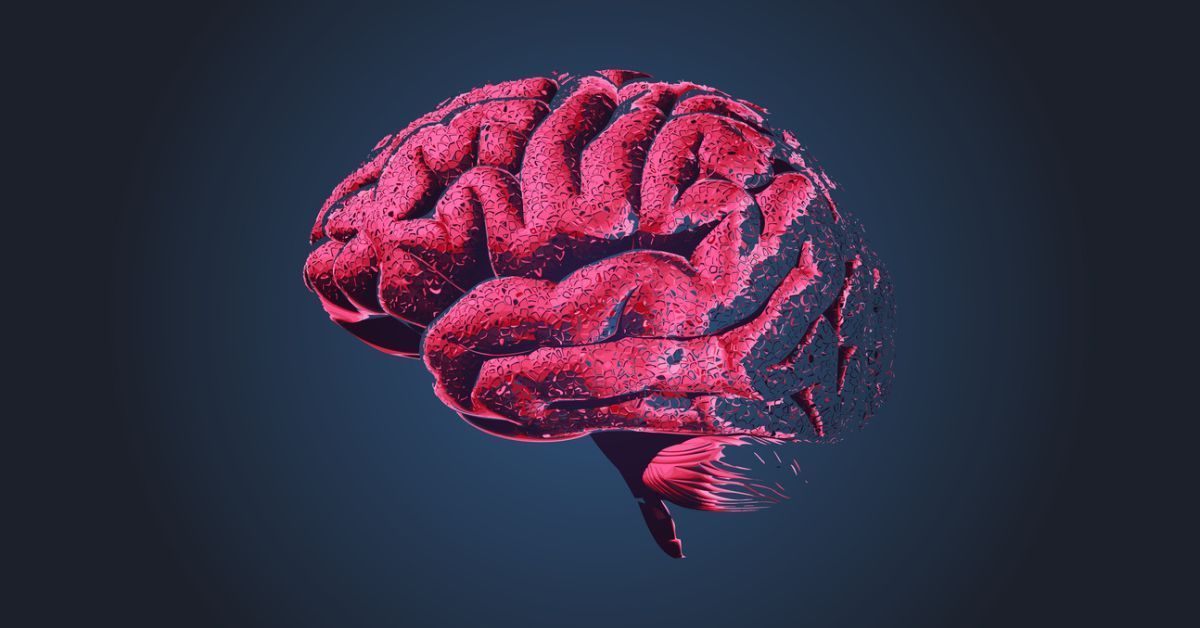- Just a Guy With His AI
- Posts
- AI Just Picked Your Style
AI Just Picked Your Style
Chatbots and AI models are delving into shopping and influencing users to buy things
Each week, I embark on a journey through the realm of artificial intelligence, delving into the tools that pique my curiosity. I conduct intriguing experiments and gather fascinating insights, eager to share the wonders I uncover in the ever-evolving tapestry of our world.
🔧 Three Tools I’m Testing
🫧 Bubble.io - App building platform that has a pretty complex toolset. I have barely gotten into the tool. I’ll keep playing around with it, but I’m unlikely to commit to it long-term.
🧠 ChatGPT Lightweight Research - ChatGPT is extending its deep research offering by providing more research for free and low-tier accounts.
🤘🏼Meta.ai - Meta has launched their own ChatGPT competitor application. This is just the beginning of the chat app wars, especially with ChatGPT looking to build a social media application.
🧪 AI Experiment of The Week
This week, I continued my battle to get my kid’s pictures automatically downloaded when the daycare sends them to me. I took a completely different approach this week and believe it is working. I ended up using a few tools to make this happen. The first is Make, which I’ve used for automations in the past. Funny enough, there’s not really any “AI” that’s happening here.
I created a scenario that will receive an email forwarded from my account when I get an email with an image from the daycare. The email forwarding is a simple Outlook rule that looks for a specific subject and then forwards it to the Make mailhook. The scenario then looks at the email HTML for a link to the image. This link is sent to a web scraper (Firecrawl) to grab the HTML for the page. The HTML is then parsed to grab the image URL. The image is then downloaded and sent to my Dropbox for storage. The current scenario looks like this.

I’m pretty excited to see this in action. Assuming this works, I can use the same setup to handle more content-driven workflows (newsletter content summarization and organization).
📰 Article of The Week
UC San Diego researchers have discovered that the PHGDH gene isn't just a biomarker for Alzheimer's but actually causes the disease through a previously unknown secondary function. Using AI to visualize the protein's structure, they found it disrupts how brain cells regulate gene expression, ultimately leading to Alzheimer's.
This breakthrough sheds light on "spontaneous" Alzheimer's, which accounts for most cases but has remained largely unexplained until now. What makes this discovery particularly exciting is its treatment potential. Current therapies target amyloid plaques after formation (possibly too late), but this newly discovered pathway occurs upstream, potentially allowing treatment to prevent plaque formation entirely. The identified therapeutic compound, NCT-503, showed promising results in mouse models and could potentially be administered orally, unlike current infusion treatments.
The use of AI was crucial to this discovery, revealing hidden structures conventional methods missed. For families affected by Alzheimer's—a disease impacting one in nine people over 65—this represents genuine hope. While researchers acknowledge limitations in their study, finding both a cause and potential treatment marks a significant milestone in our fight against a disease that robs people of their memories, independence, and sense of self.
🌎 Where the World is Going
There’s a quiet revolution going on in how we shop, and it's happening through the chat interfaces we increasingly rely on. ChatGPT and other AI assistants are rapidly transforming from conversation partners into shopping concierges, quietly inserting themselves between us and our purchasing decisions. What fascinates me isn't just the convenience—it's the murky economics and unexpected psychological shifts happening beneath the surface.
Several questions jump out to me. Who exactly decides which products appear when you casually mention needing new headphones to your AI assistant? The AI's recommendations feel objective, but there's no such thing as a neutral algorithm in a profit-driven ecosystem. When ChatGPT suggests that "many users like" a particular brand, what invisible hand guided that recommendation? Is it genuinely the best fit for your needs, or did some brand secure preferential positioning through partnerships we know nothing about? The first several iterations of this technology are going to be absolute chaos—a wild west of undisclosed sponsorships and algorithmic favoritism.
Even more fascinating is how this reshapes our relationship with shopping itself. Traditional advertising at least announces its intentions; we recognize billboards and commercials for what they are. But AI shopping blurs these lines dangerously. The same interface that helps you draft an email or plan a vacation suddenly becomes a sales channel, with recommendations woven seamlessly into a helpful conversation. We're being sold to during moments when our guard is down, creating a more intimate—and potentially manipulative—form of commerce than we've ever experienced before.
What keeps me intrigued and concerned is that we're entering this new paradigm with almost no guardrails. While we argue about AI's impact on creative jobs or academic integrity, these systems are quietly reinventing commerce itself. The companies that position themselves at these new AI storefronts will shape our purchasing patterns for decades to come. And I can't help wondering if we'll wake up one day to discover that our trusted AI assistants have become the ultimate salespeople—knowing exactly when and how to suggest products based on our most unguarded conversations.
👨💻 About Me
 Just a Guy with An Ostrich | My name is Charlie Key. I love technology, building awesome stuff, and learning. I’ve built several software companies over the last twenty-plus years. I’ve written this newsletter to help inspire and teach folks about AI. I hope you enjoy it. ➡️ Learn More About The Guy ⬅️ |
